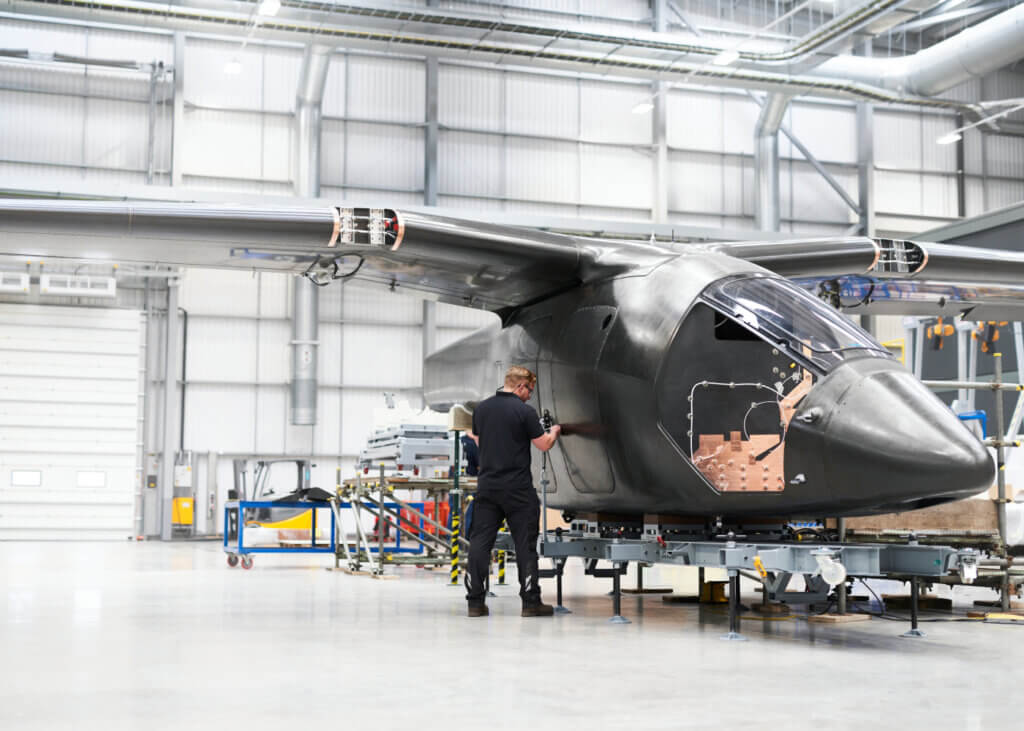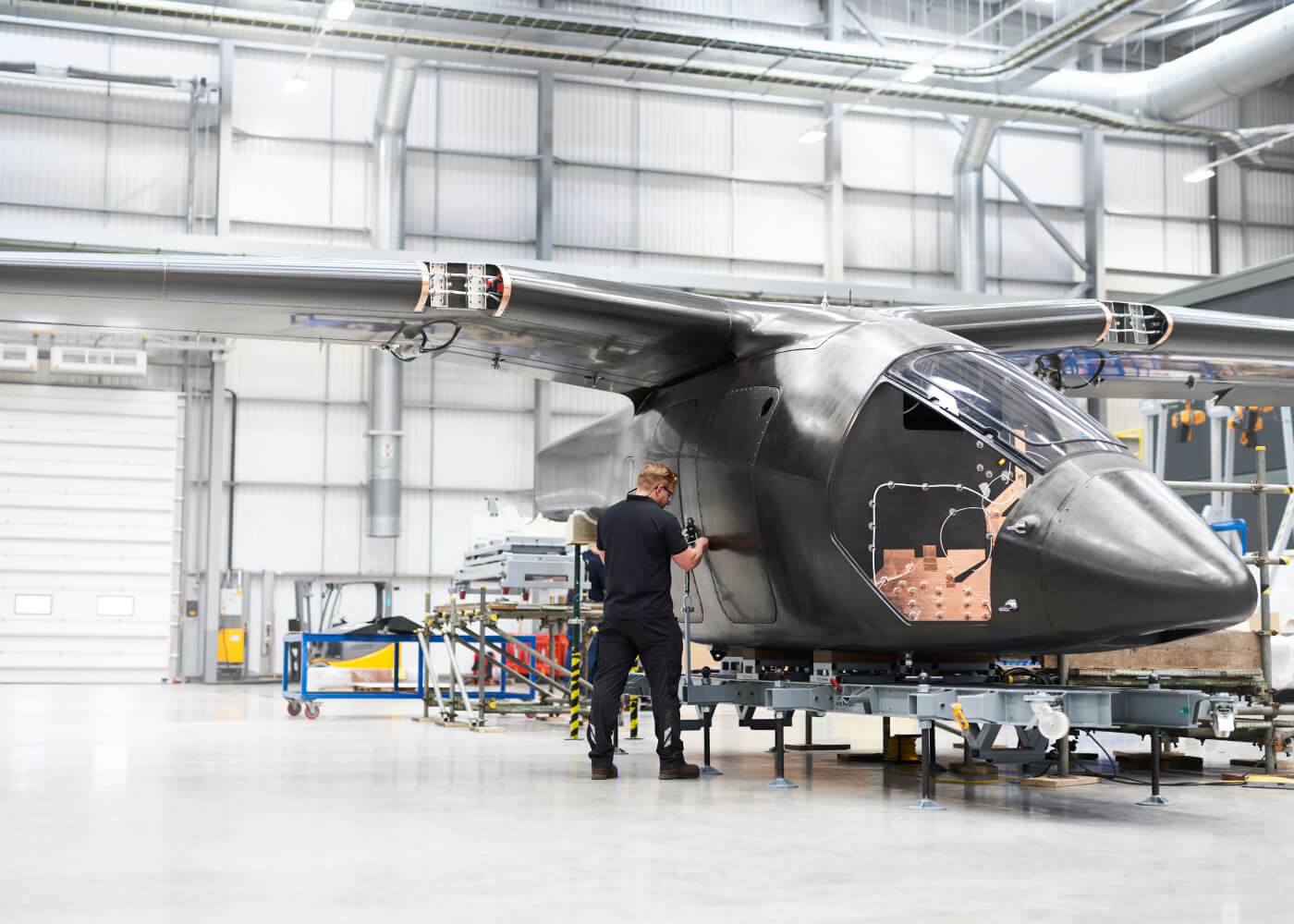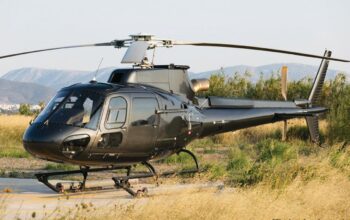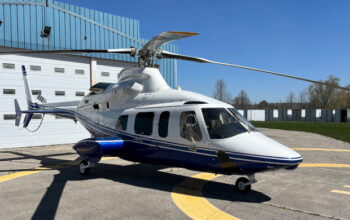GKN Aerospace sees strong growth potential in the advanced air mobility (AAM) and eVTOL markets, the company told Vertical, with the sector providing a rare opportunity to work on new aircraft programs and develop advanced manufacturing techniques.

The U.K.-based manufacturer is a global supplier of advanced aerostructures, engines and electrical wiring interconnection system (EWIS) technology for a range of aerospace products, with a focus on fuselages, wing components, nacelles, and beyond. It works with a wide range of eVTOL specialists, including Vertical Aerospace, Lilium and Joby.
A recent deal with Supernal LLC, announced at the Paris Air Show in June 2023, will see GKN provide an EWIS for Supernal’s eVTOL platform, along with the design and build of aerostructures. It will also see the companies develop novel high-rate manufacturing processes to meet expected demand in AAM in the coming decades, according to the companies.
Such work stems from a strategic decision made by GKN in recent years, said Russ Brigham, program director for AAM technology and ecosystem collaboration. This new direction focuses on “a potential new market and making further forays into truly sustainable aviation and electrically powered aeroplanes.”
GKN’s experience in EWIS and aerostructures means it has significant opportunities in eVTOL and AAM, he said. However, the nature of the work differs from its experience on more “traditional” aircraft with the major aerospace original equipment manufacturers. In the eVTOL space, GKN typically partners with start-ups. The new sector provides significant opportunities to work on entirely new platforms, he noted.
However, there are “a lot of unknowns,” Brigham said. The aircraft are complex, and while the company sees strong potential, “it’s still mightily unproven. Technically, certification requirements from authorities like the FAA [Federal Aviation Administration] in the U.S. and EASA [European Union Aviation Safety Agency] are not fully defined. They will grow as the understanding of the vehicle grows. Eventually, they will reach certification standards and be widely accepted.”
There are also questions over the use case of the vehicles, notably managing the platforms in urban areas, training pilots, the future of autonomy, and overseeing the infrastructure, he said. However, “we still saw an opportunity … to go into this market, position ourselves with people we believe could be successful and work with them to ultimately secure organic growth.”
The company believes its eVTOL work can support and drive its research and development (R&D) activities, in terms of developing new manufacturing technologies and enabling R&D and testing with flying vehicles, he said.
There are significant technical challenges in such aircraft, Brigham said. They are often powered-lift aircraft, he said, so “the number one challenge with them is and always will be weight.” With conventional aircraft, “typically you can be a bit more forgiving with performance, maybe range, or you can play around with aerodynamics to improve performance. On an eVTOL, you’ve got to lift the thing off the ground by direct thrust from the rotors.” This has led to technical solutions that have challenged the norms in aircraft construction, he said.
A second related challenge is the need to install a complex electrical powertrain into a relatively small platform, while ensuring this can be accessed for maintenance. “The accessibility and usability of the airframe becomes magnified,” he said.
By working on new designs, GKN is gaining experience that feeds into other applications, Brigham said. For example, in the defense sector, it is a supplier into drone programs. “The vehicles are very similar, the challenges are very similar, and hence, the techniques, construction techniques and the layout of our products again becomes very similar,” Brigham said.
The eVTOL and AAM work is also impacting manufacturing techniques, he added. This is connected to the projected demand for the systems, which will be produced at far greater volumes than traditional aerospace programs, should expectations be realized. There is a growing emphasis on technologies, such as 3D printing, he said, which enables novel designs of components and systems.
“That’s where we were going anyway, but this has just accelerated it — it magnifies it because of the challenges of these vehicles and because the customers need a credible aircraft faster than we’ve probably had to do before,” he said. “They’ve got to demonstrate to their stakeholders that they’ve got products to keep the investment and the customer interest, and to foster social acceptance of these vehicles.”
Still, through its work with its customers, GKN has “seen the performance of some of the vehicles,” Brigham said. “I would hazard that the performance exceeds some projections that might be in the public space. We’ve seen something that works.”









